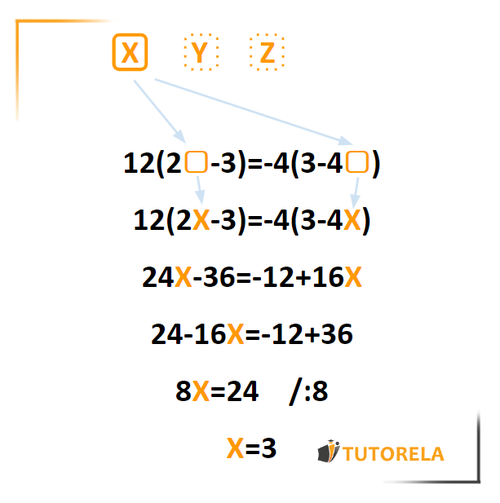To solve the given equation 7x+5.5=19.5, we'll follow these steps:
- Step 1: Eliminate the constant term from the left side by subtracting 5.5 from both sides of the equation.
- Step 2: Simplify the equation after subtraction to isolate the term with x.
- Step 3: Use division to solve for x.
Now, let's work through each step:
Step 1: Subtract 5.5 from both sides.
We have:
7x+5.5−5.5=19.5−5.5
This simplifies to:
7x=14
Step 2: Divide both sides by 7 to solve for x.
So, we divide by 7:
77x=714
This simplifies to:
x=2
Therefore, the solution to the problem is x=2.
